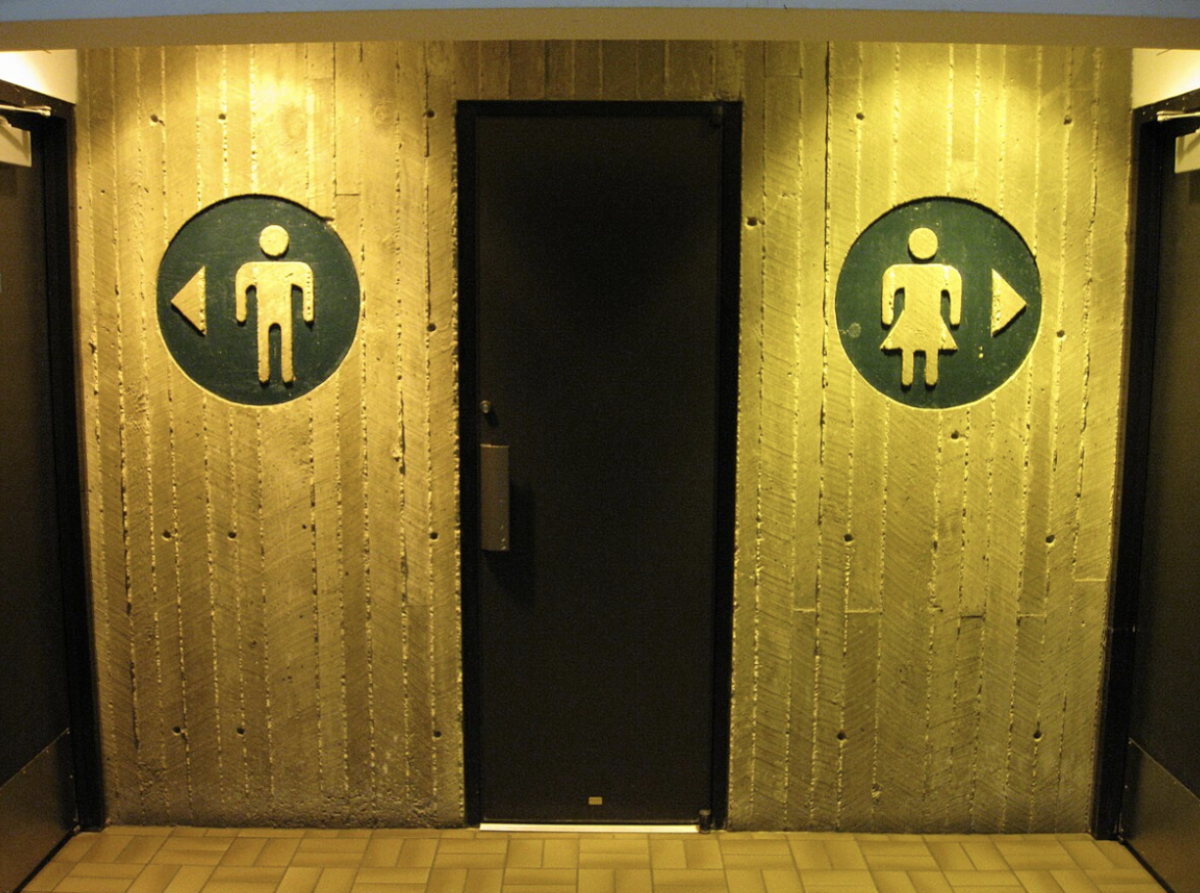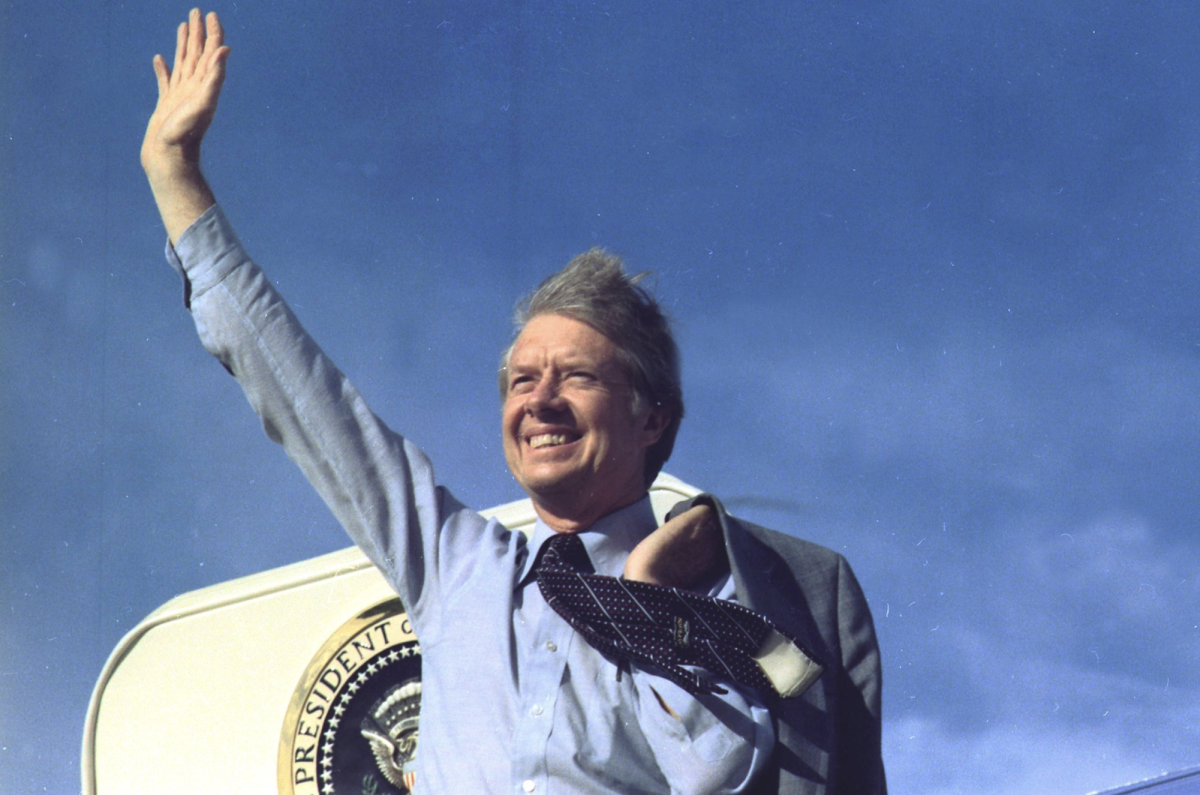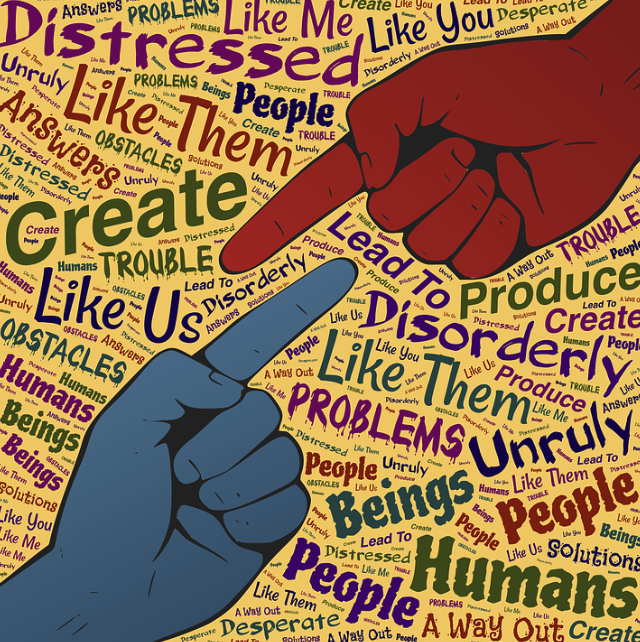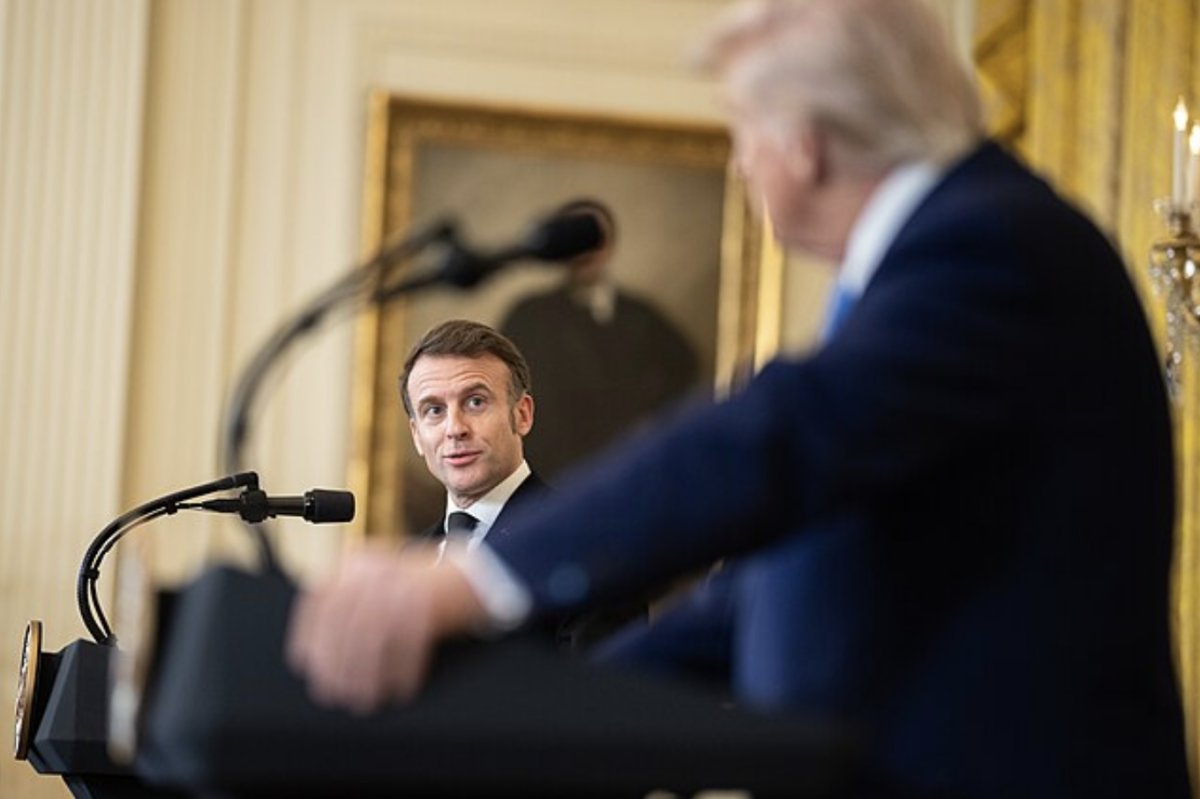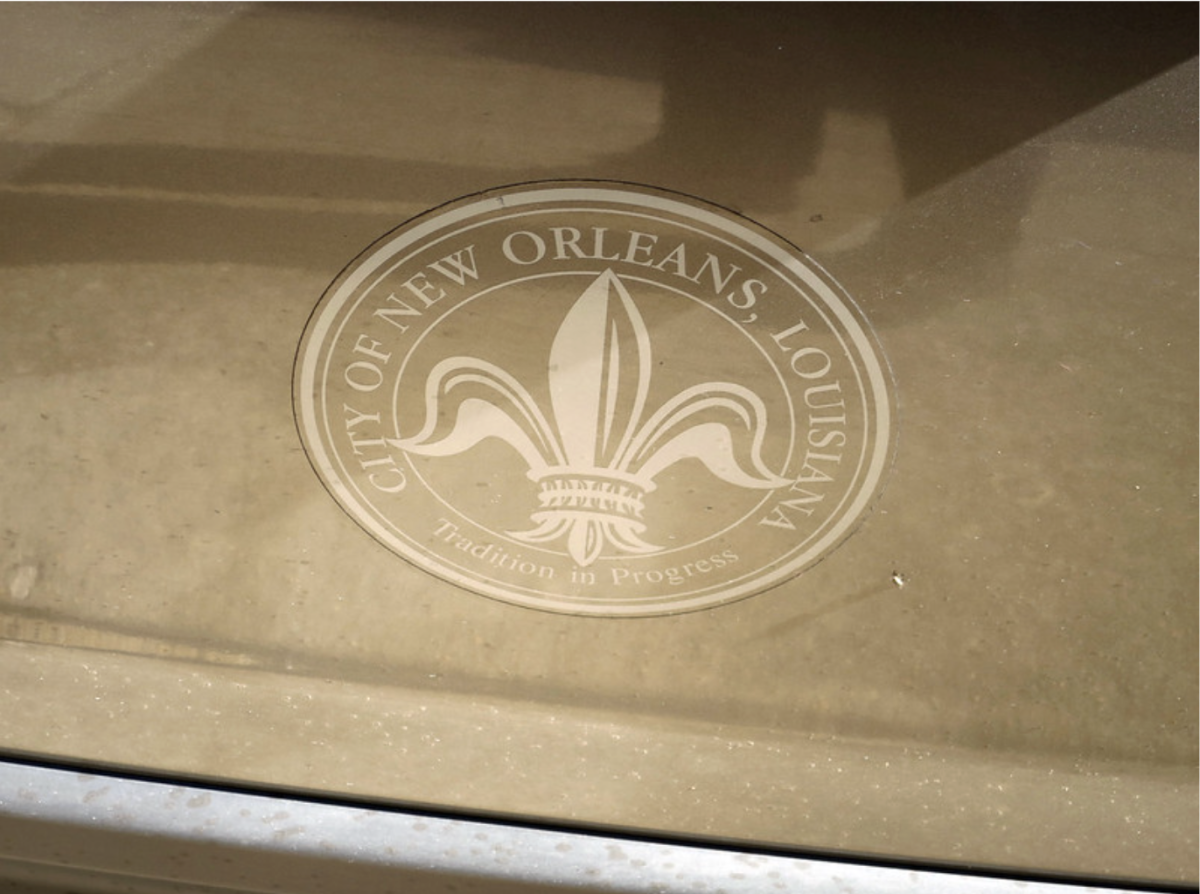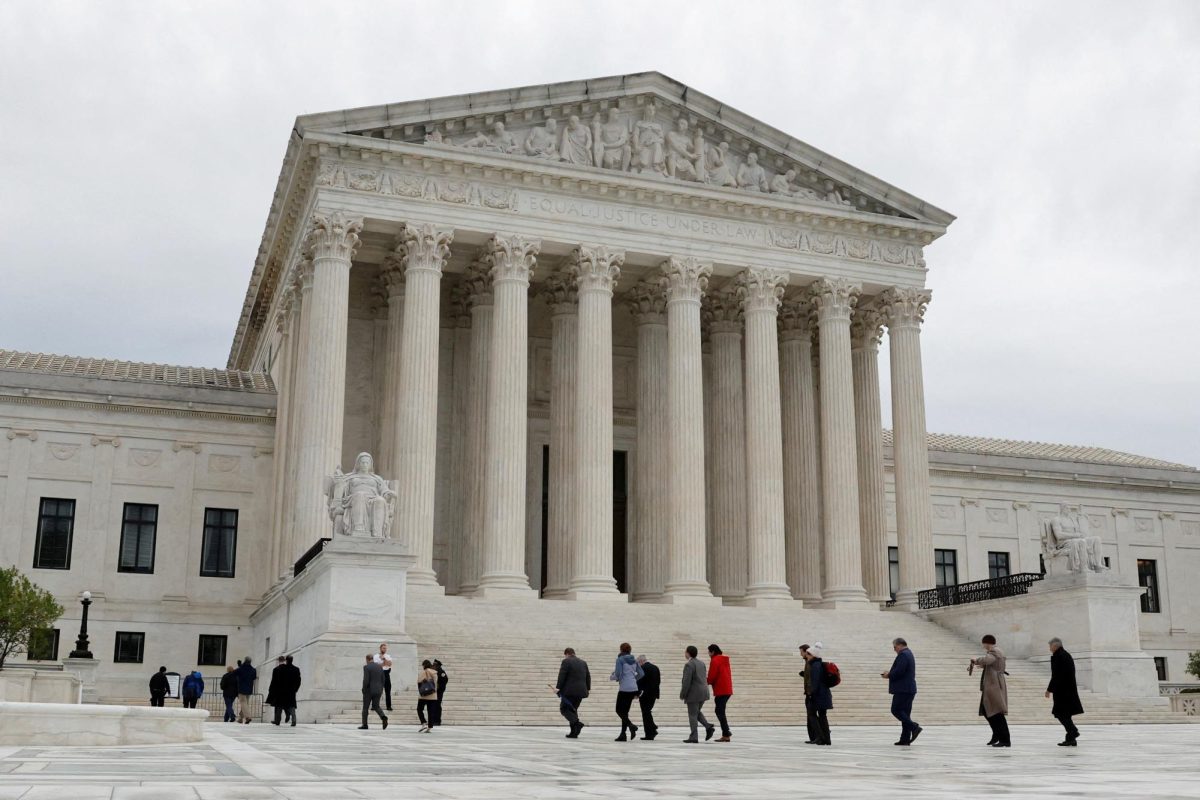Political ideology is traditionally organized into a spectrum in which the far left and the far right systematically oppose one another: the beliefs of the left resist those of the right and vice versa, producing an array of intermediate perspectives between these two extremes. Most Western political systems operate within this framework, organizing themselves into party labels that readily distinguish between “conservative,” “liberal,” and “moderate” attitudes. However, contemporary political theorists have begun to challenge this conception of party ideology, arguing that the strategies of both sides have begun to mirror one another.
Horseshoe theory represents an effort to redesign the ideological spectrum. Attributed to French author and philosopher Jean-Pierre Faye, horseshoe theory asserts that extreme leftism (communism) and extreme rightism (fascism) are closer to one another than either is to the political center. This theory observes that the political strategies of the left and right have become increasingly similar, disturbing the once clear distinction between the two ideological poles.
Faye invented this theory following a study of Nazi Germany and the Soviet Union’s joint invasion of Poland. Although these regimes were ideologically different, their escalations toward authoritarianism followed a similar pattern. In both cases, the leaders of the regime sought to stifle political dissent and eliminate threats to their continued power. Upon observing the similarities in the strategies employed by each regime, Faye began to reconsider his understanding of the ideological spectrum. Faye deduced that, like a horseshoe, the left and right extremes of the continuum bend toward one another as their distance from the center increases.
When applied to the fundamental values and beliefs associated with each ideological extreme, however, horseshoe theory loses its perceived validity. The theoretical priorities of the left and right inherently oppose one another. Egalitarian economics and progressive policies cannot exist alongside laissez-faire economics and conservative policies. Critics argue that horseshoe theory is an oversimplification of ideology that neglects to consider the relationships between specific policy preferences. As a result, horseshoe theory has been designated by many political scientists as a reductive representation of each extreme’s ethical foundation.
An alternative application of horseshoe theory encourages not the examination of the content of particular policy preferences, but instead the strategies used in their implementation. This interpretation of horseshoe theory does not claim that the left and right are inherently the same. Rather, it posits that while they are fundamentally distinct, both ideologies pursue their respective objectives using similar methods. Ultimately, this version of horseshoe theory merely states that the political tactics of the left and the right run parallel to one another.
According to Faye, fearmongering, oppression, and intimidation are among the modern strategies employed by both ideological extremes. Ultimately, the intended result of these political approaches is the same: to promote long-term ideological domination. As the influence of technology on politics becomes increasingly prominent, each of these strategies may begin to reach a broader segment of the global community. Although the political left and right in the United States can hardly be considered extreme, echoes of horseshoe theory have emerged in the American political scene. Ultimately, horseshoe theory is an appropriate conceptual framework for the relationship between the ideological left and right. Despite the values of the American left and right becoming increasingly polarized, their present political strategies are hardly distinguishable. A number of scholars have examined the functions of cancel culture and anti-elitism efforts as political instruments of both the left and the right. On another front, both the left and right consider isolationism to be a reflexive solution to America’s entanglement in complex international affairs. Critics of horseshoe theory mistake it to compare the values, rather than the political strategies, of the left and right. Although highly contested, horseshoe theory has repeatedly emerged as a lens through which contemporary politics may be studied, criticized, and improved.



